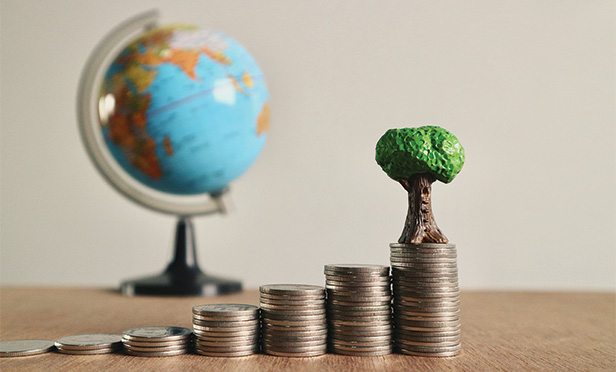
 (Photo: Shutterstock)
(Photo: Shutterstock)
Should a software company and an oil and gas producer receive the same sustainability rating even though one company operates in an industry that poses a much greater environmental risk than the other?
Until last fall, Sustainalytics, whose corporate ratings form the basis of Morningstar's sustainability ratings for mutual funds and ETFs, rated Microsoft and Royal Dutch Shell the same. Both companies scored 75 out of 100 within their industry groups, ranking in the top quartile among their peers, despite the much higher ESG risks for the oil and gas sector than the software industry, according to Jon Hale, head of sustainability research at Morningstar.
Sustainalytics then changed its rating system to account for material ESG risks among industries as well as a company's ESG risk characteristics within its sector. Morningstar has now incorporated those ratings in its ESG risk ratings framework for mutual funds and ETFs.


 The new Morningstar sustainability ratings also handle portfolios classified as high or severe risk differently than before.
The new Morningstar sustainability ratings also handle portfolios classified as high or severe risk differently than before.

